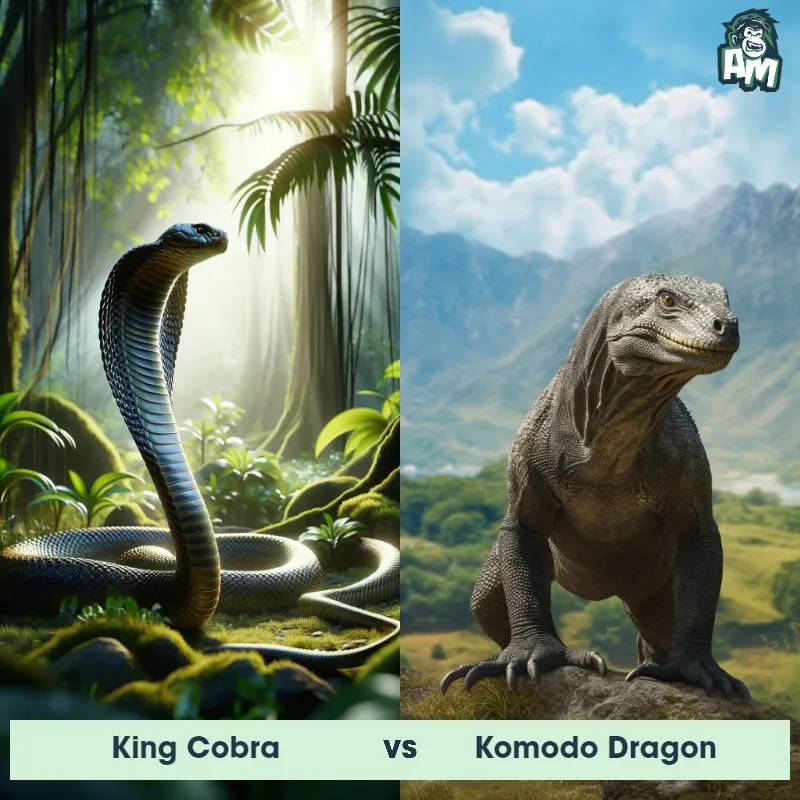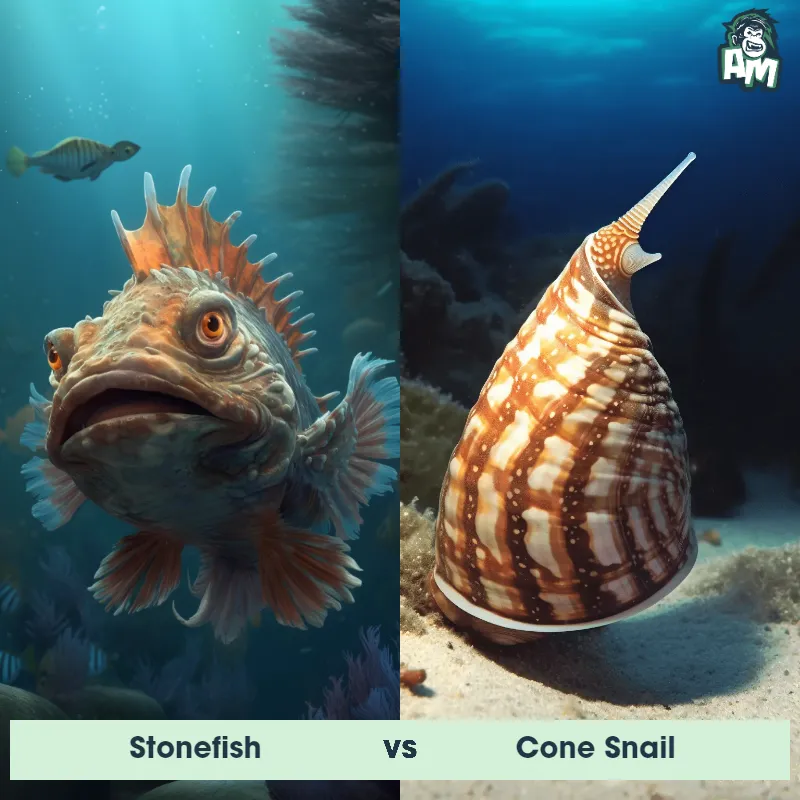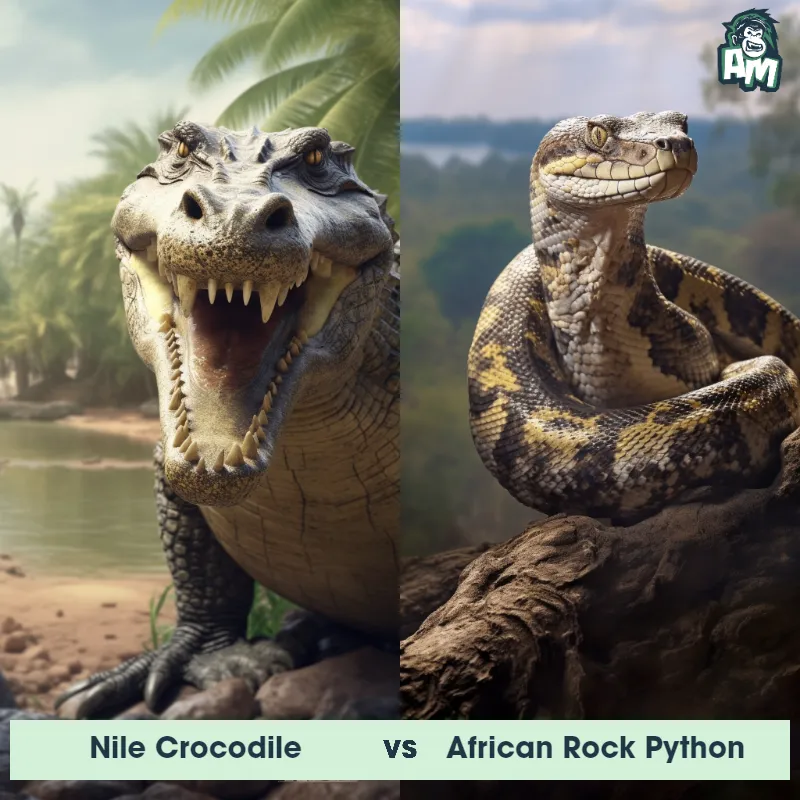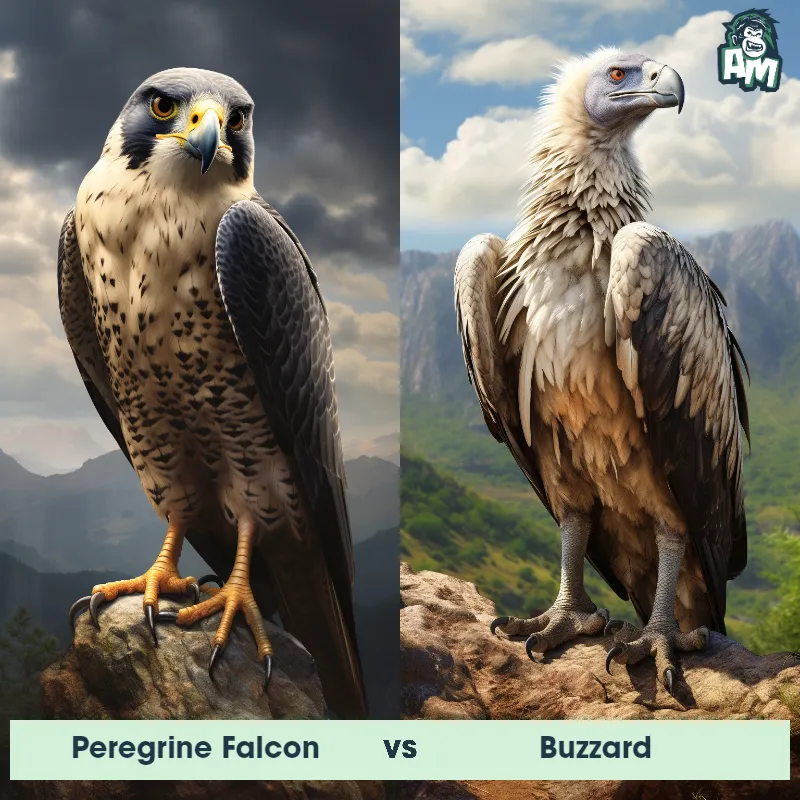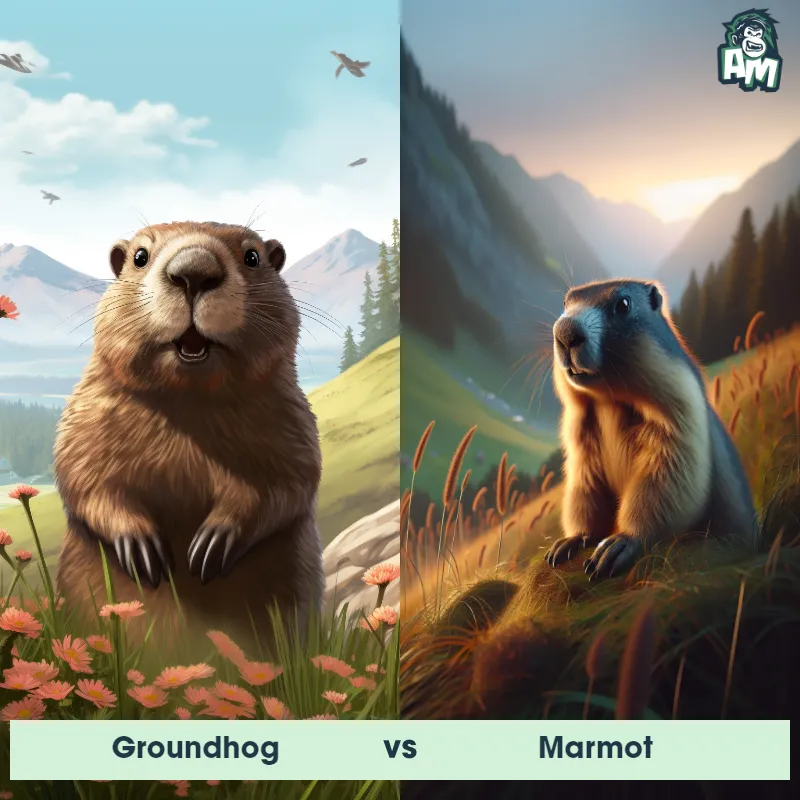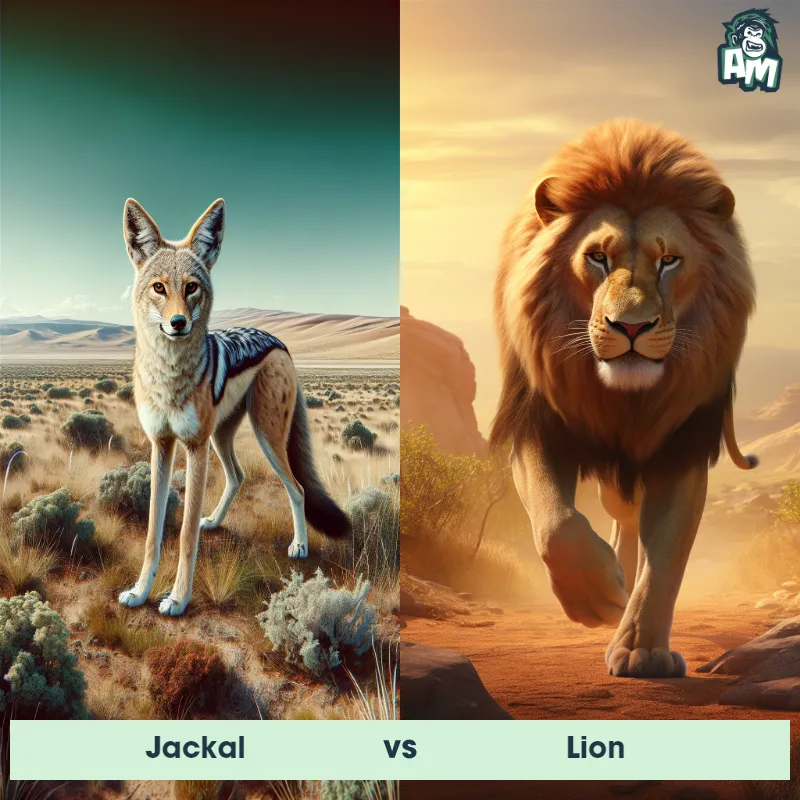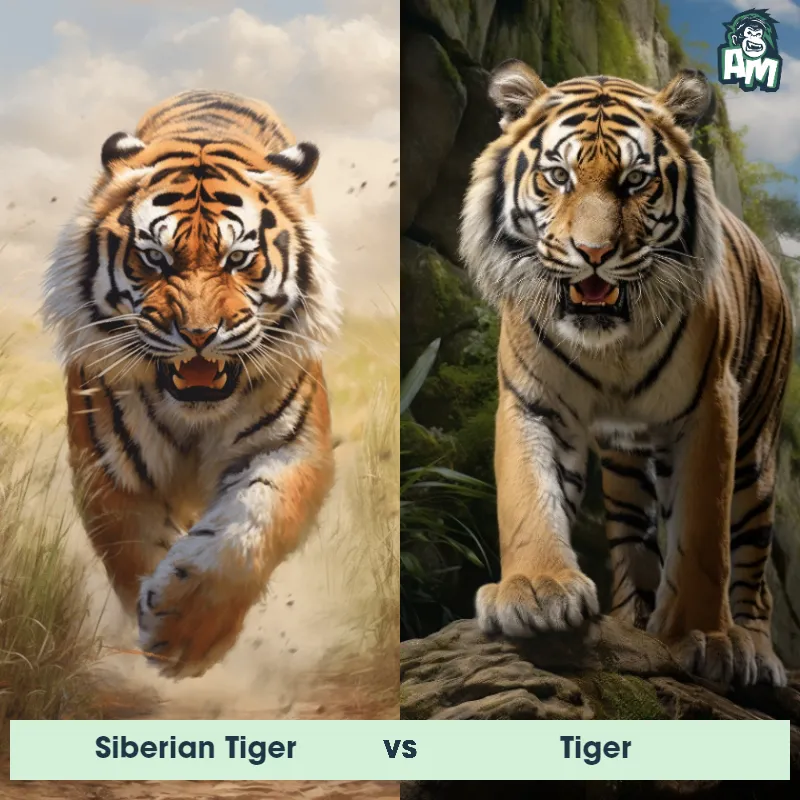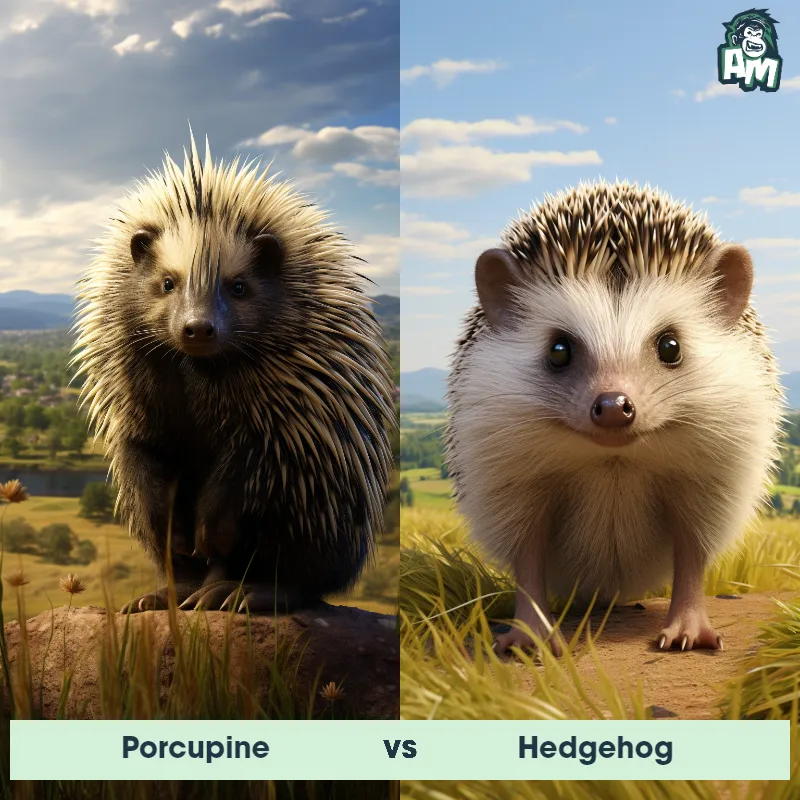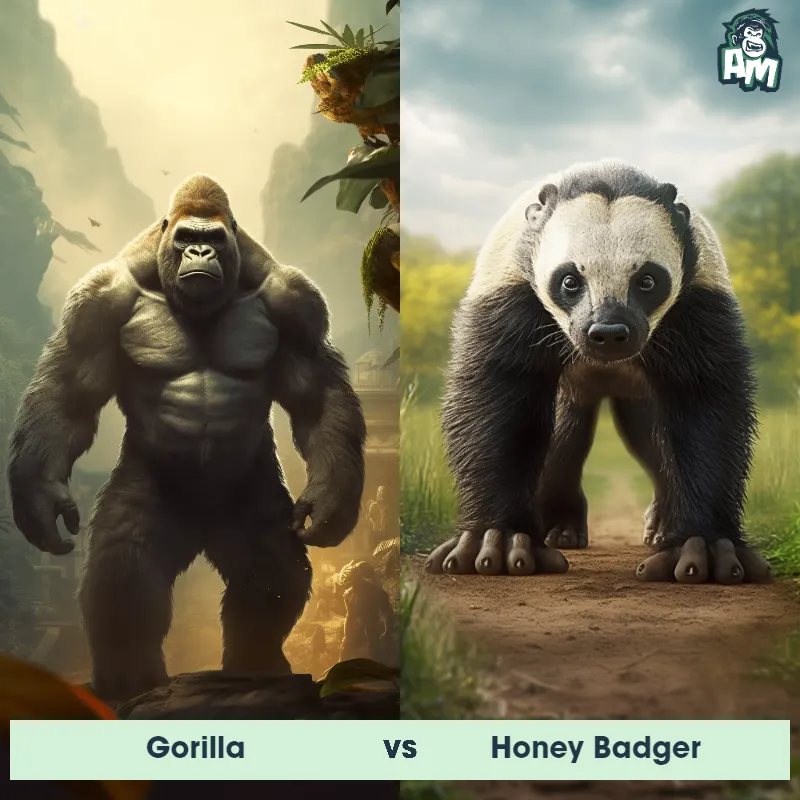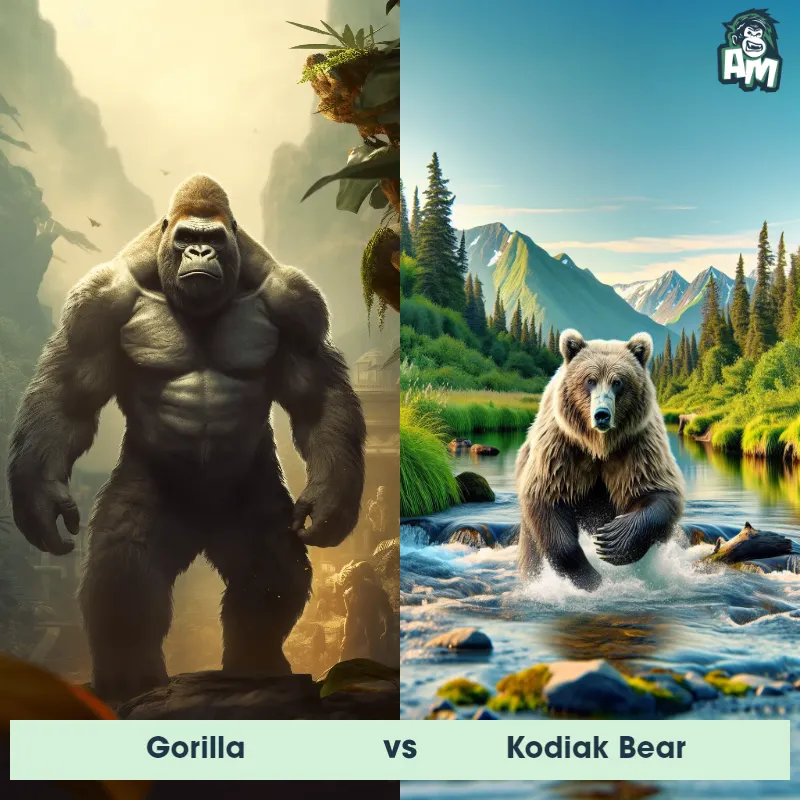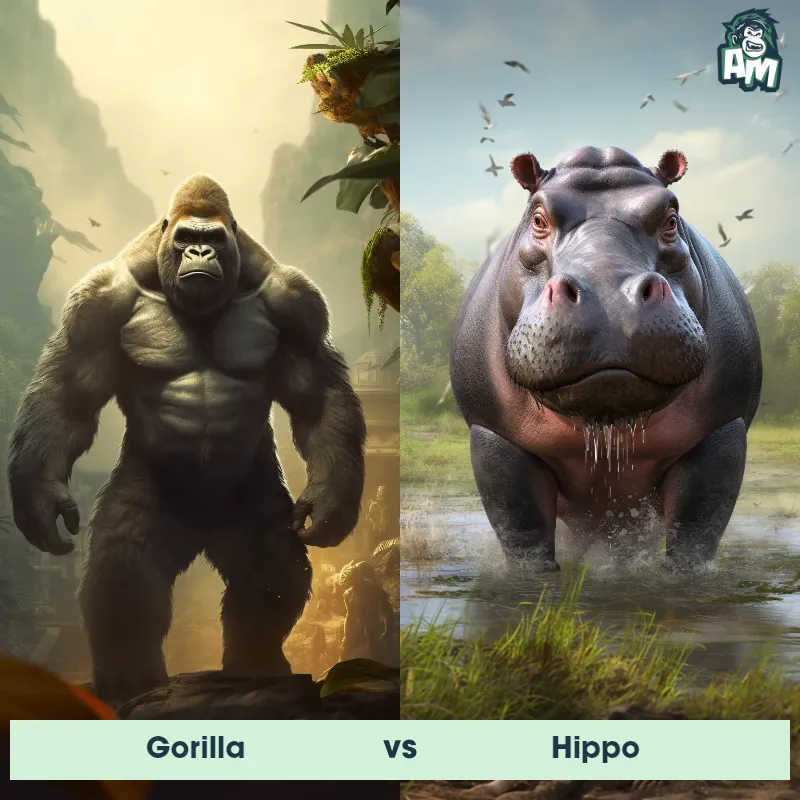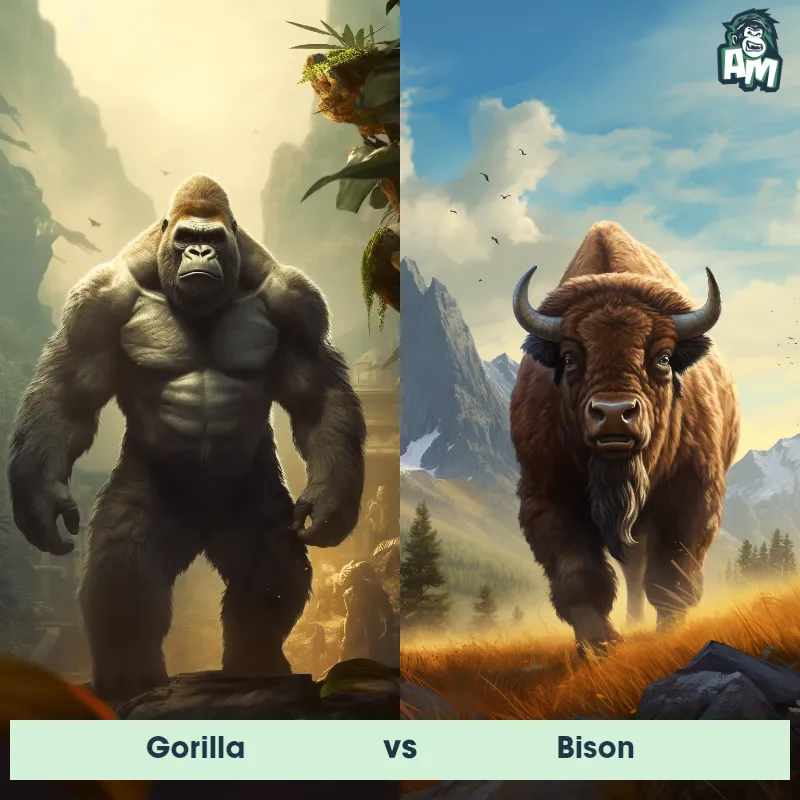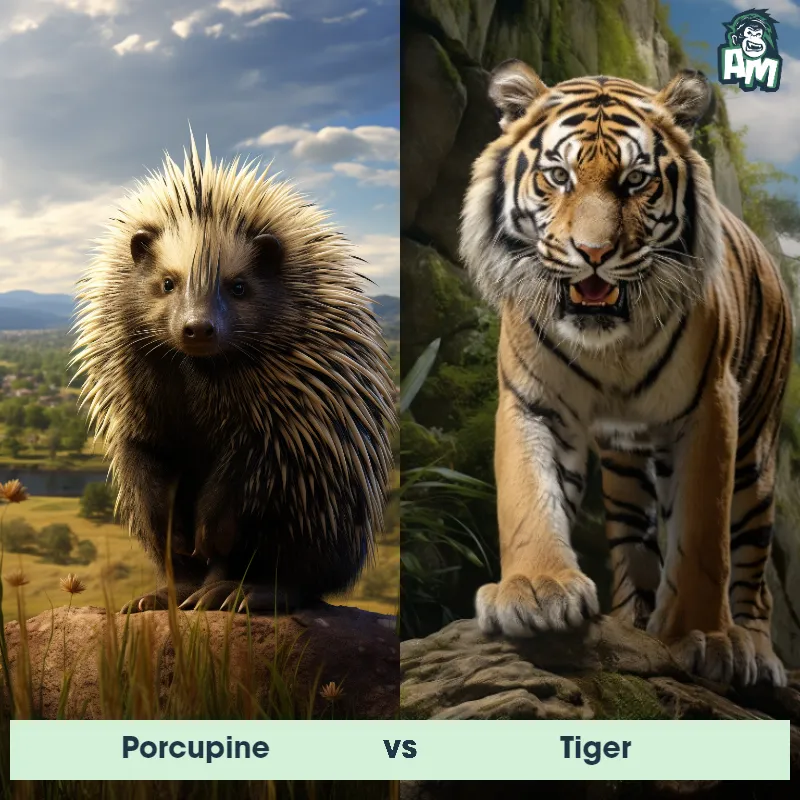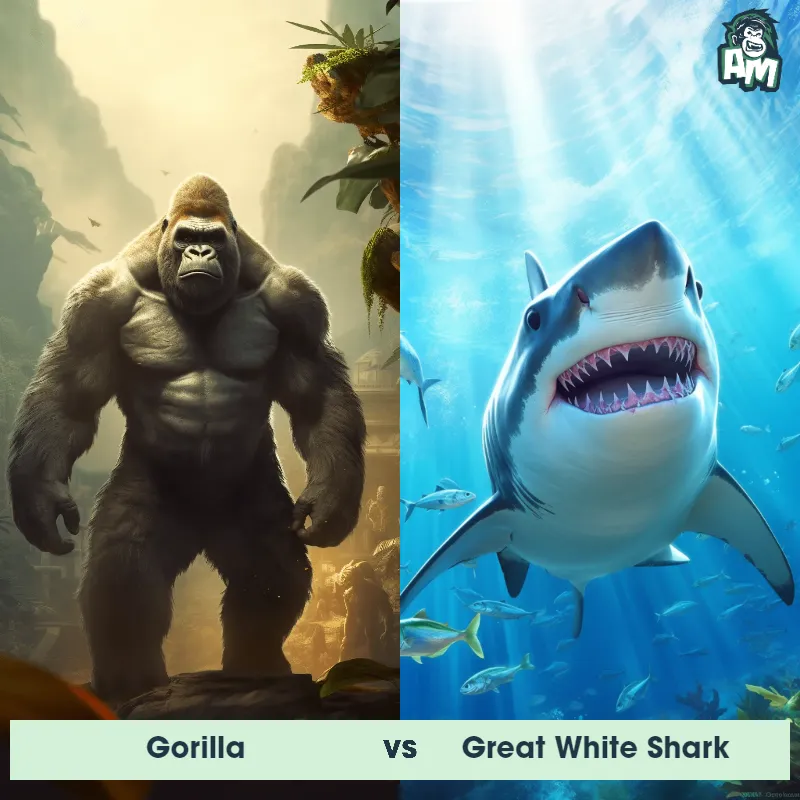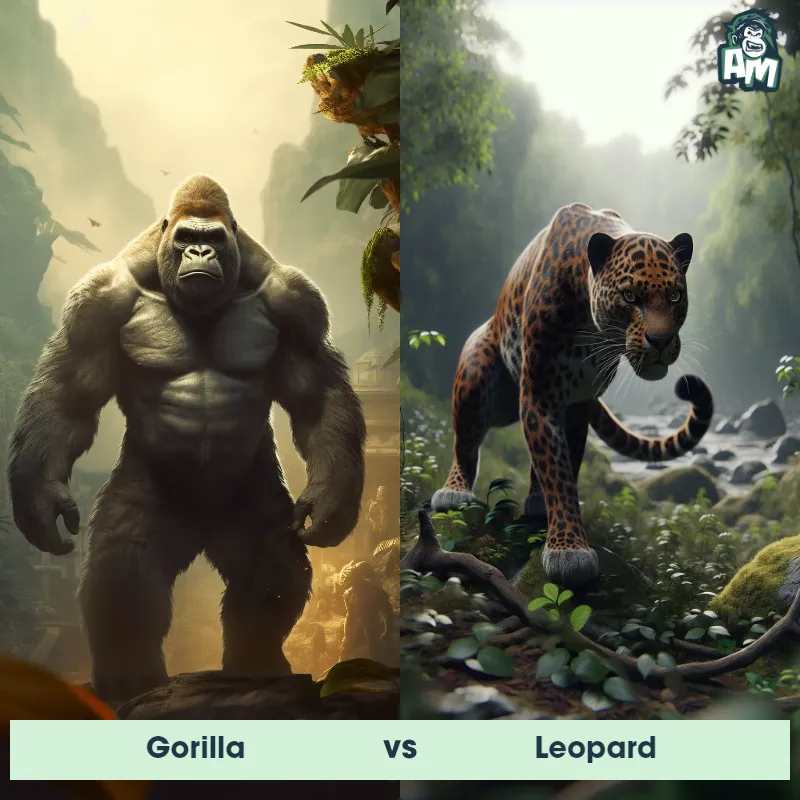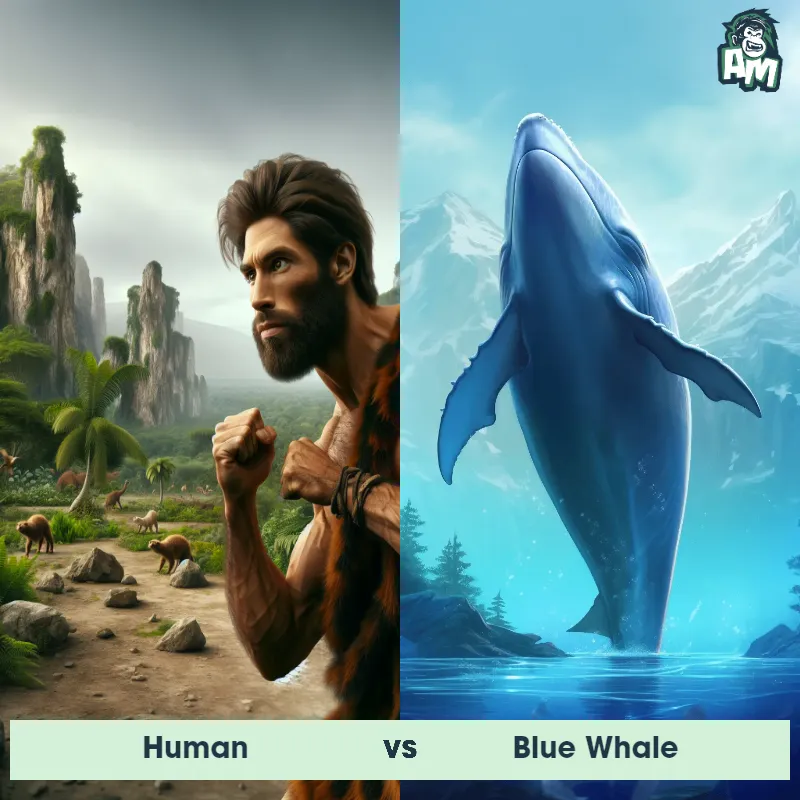Human vs PorcupineSee Who Wins

Welcome to this unique matchup between a human and a porcupine! In one corner, we have the agile and quick porcupine, known for its sharp quills as a defense mechanism. In the other corner, we have the human, equipped with intelligence and strategy. It's bound to be an intriguing fight, so let's see how it plays out!
Contender 1: Human
The human, Homo sapiens, is a highly intelligent and social primate species. They are characterized by their upright posture, opposable thumbs, and relatively hairless bodies compared to other mammals. Humans have complex brains that enable them to think, reason, and communicate through language. They possess a wide range of physical variations in height, weight, and skin color due to genetic diversity. Humans are known for their adaptability and capacity to use tools, which has allowed them to thrive in a variety of environments across the globe.
![[object Object] Gif](https://tenor.com/view/hungry-caveman-muppetwiki-muppet-wiki-jim-henson-gif-11005515308056547982.gif)
Fun Fact: Humans are the only known species capable of abstract thinking, allowing them to conceptualize ideas and think in terms of concepts that do not have a physical presence.
Contender 2: Porcupine
The Porcupine is a unique, large rodent recognized by its coat of sharp spines, or quills, which are used for protection against predators. The most characteristic feature of this mammal is its quills, which can be up to 30 centimeters long and are coated with a layer of keratin making them tough and resistant. These nocturnal creatures vary greatly in size and appearance across different species, ranging from a foot to over two feet in length, excluding the tail. The porcupine is a herbivore, mainly eating leaves, bark, and stems of trees.
Fun Fact: Unlike common belief, Porcupines cannot shoot their quills out at will, rather the quills detach easily when a predator comes into contact with them.
Matchup Stats
| Human | Porcupine | |
|---|---|---|
| Size | Average height of 5 feet 7 inches (170 cm) | 25-36 inches (63.5-91.4 cm) |
| Weight | Average weight of 154 pounds (70 kg) | 12-35 lbs (5.4-15.9 kg) |
| Speed | 27.8 mph (44.7 km/h) | 2mph (3.2km/h) |
| Key Strength | Intelligence and ability to strategize | Sharp quills for protection |
| Biggest Weakness | Lack of physical strength compared to some animals | Slow movement |
Current Votes
Human vs Porcupine
See Who Wins
View More Matches
Looking For More?
Similar Matches
Scientific Stats
| Human | Porcupine | |
|---|---|---|
| Scientific Name | Homo sapiens | Erethizon dorsatum |
| Family | Hominidae | Erethizontidae |
| Habitat | Diverse habitats, including forests, grasslands, deserts, and urban areas | Forests, deserts, grasslands |
| Geography | Found on all continents | North and South America, Africa, Europe, and Asia |
| Diet | Omnivorous, with a preference for cooked food | Leaves, bark, and stems of trees |
| Lifespan | 70 years - 90 years | 5 years - 10 years |
Key Differences between Human and Porcupine
- Body shape: Humans have a more streamlined and upright body shape, while Porcupines have a stocky, low-to-the-ground body with a hunched appearance.
- Facial features: Humans have a round head with distinct facial features, including eyes, nose, and mouth, while Porcupines have a small head with a flat nose and small eyes located on the sides of their face.
- Size: Humans are generally much larger in size compared to Porcupines, with humans typically standing upright and ranging from 5 to 6 feet tall, while porcupines are typically around 2 to 3 feet long.
- Appendages: Humans have distinct arms and legs with opposable thumbs, while Porcupines have four short legs with sharp claws and long quills covering their bodies.
- Color: Humans have a wide range of skin colors from light to dark tones, while Porcupines are typically dark brown or black in color with lighter quills covering their body.
- Coat: Humans have smooth skin with hair covering their bodies in various lengths and textures, while Porcupines have a coat of sharp, barbed quills that they can raise when threatened.



